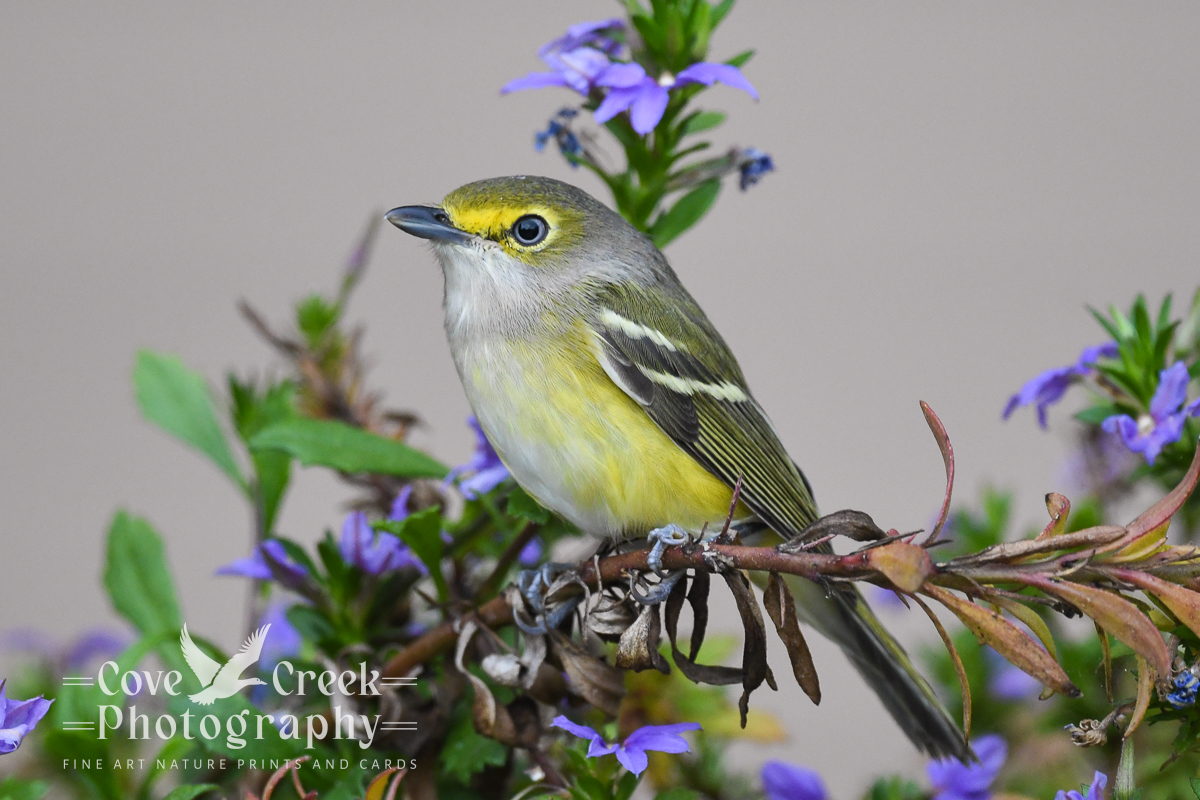
A bird colliding with a window can happen at anytime of year. However, during bird migrations in spring and fall, the incidence of bird-window collisions increases as birds are traveling to their new summer or winter homes. I can count on getting a few phone calls throughout the year asking for help with a bird that collided with a house window. This leads to the question, "What can I do for a bird that hits my window?" The answer to that depends on the situation. Audubon suggests calling a wildlife rehabber, and that would certainly be the best approach. Unfortunately, many of us don't have a rehabber nearby, and the task of aiding in the bird's recovery falls on us.
Sometimes, birds are only lightly stunned post-collision. Their eyes are open and they are blinking and/or looking around, but show no interest in flying. If it's fairly warm outdoors, and the bird is not at risk of hypothermia, I fashion a makeshift nest out of a clean hand towel, and place the bird in the "nest" and leave it alone. From a distance, I do keep an eye on the recovering bird to see how it responds, and to make sure it stays safe from predators. There's a good chance the bird will fly off within a few minutes; although, I have seen it take as much as 45-60 minutes.
If a bird is laying on the ground and appears lifeless, GENTLY try to move its legs. If the legs are stiff and don't move, the bird is likely deceased, and nothing more can be done. However, if you can move the legs, the bird is unconscious and there are some steps you can take to aid in its recovery. Create a hand towel or paper towel "nest" in a small box, and gently place the bird in the box. If it's warm outdoors, I place the box in a shady spot, near or under a shrub. If it's cold outdoors, I'll bring the box indoors and place it in a dimly lit and quiet room (my mudroom). At this point, it's a waiting game. It can take as much as an hour for a bird to regain consciousness and clear its head. When you hear it scratching around the box, it's on the road to recovery! At this point, I take the box outdoors and wait for the bird to fly.
What if the bird does not recover, and it dies? It's sad, and not the outcome that any of us want, but the unfortunate truth is that this sometimes happens. It's very likely that the bird sustained extreme head trauma, and/or there were other injuries that were not visually apparent.
In the case of the white-eyed vireo pictured above, the time from window collision to full recovery was about an hour. Although it regained consciousness within a few minutes, it perched on a shrub and simply looked around for the remainder of the hour. Fortunately, it eventually flew away, continuing its fall migration to its winter home.
Update, March 2025 - I recently treated a male downy woodpecker following a window collision at the house of a family member. Although its body was limp, its eyes were open and blinking. I wrapped it loosely in a hand towel to help it retain body heat (it was cool, but not cold outdoors), placed it in a small box (no lid), and placed it beneath a shrub. At the 45 minute mark, the woodpecker was alert and flew away. A few minutes later, I observed it feeding at the suet feeder. Success!
